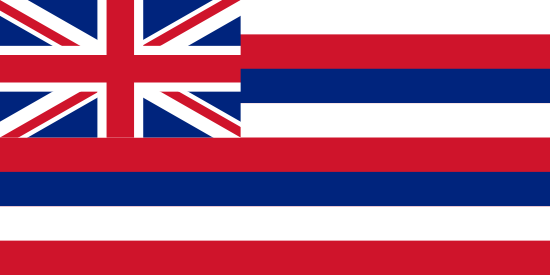
Urban Honolulu
- County:
- Honolulu County
- County Seat:
- No
- Area (mi²):
- 60.622
- State:
- Hawaii
Urban Honolulu is a CDP located in Honolulu County, Hawaii. Urban Honolulu has a 2025 population of 344,967 . Urban Honolulu is currently growing at a rate of 0.42% annually but its population has decreased by -1% since the most recent census, which recorded a population of 348,442 in 2020.
The median household income in Urban Honolulu is $85,428 with a poverty rate of 11.85%. The median age in Urban Honolulu is 42.9 years: 41.6 years for males, and 44.2 years for females. For every 100 females there are 99.8 males.